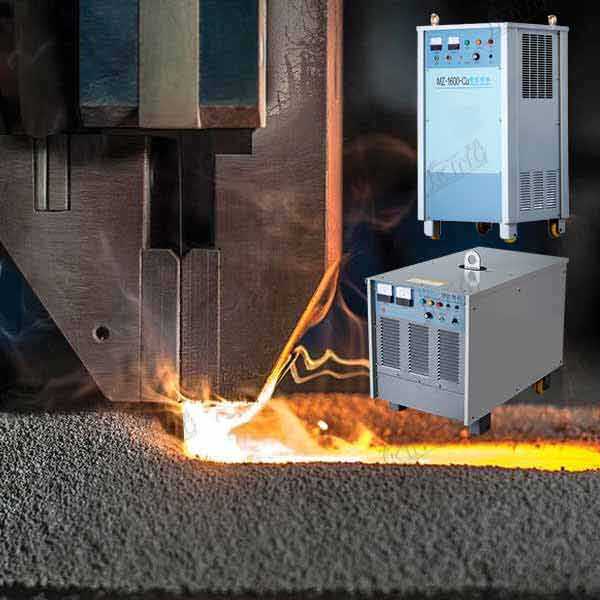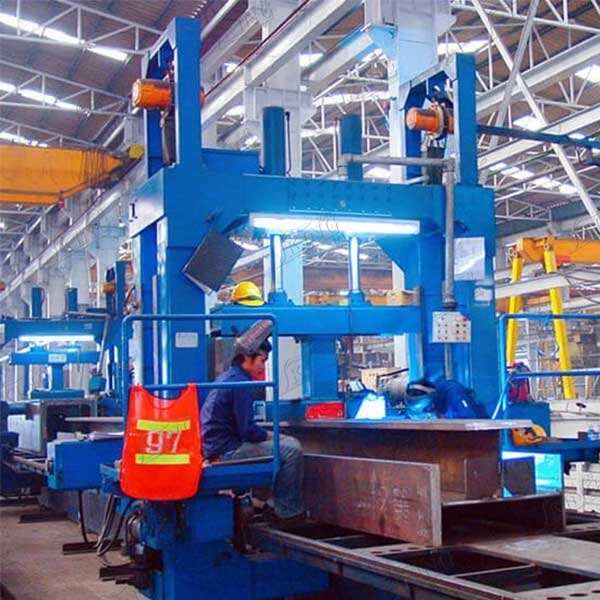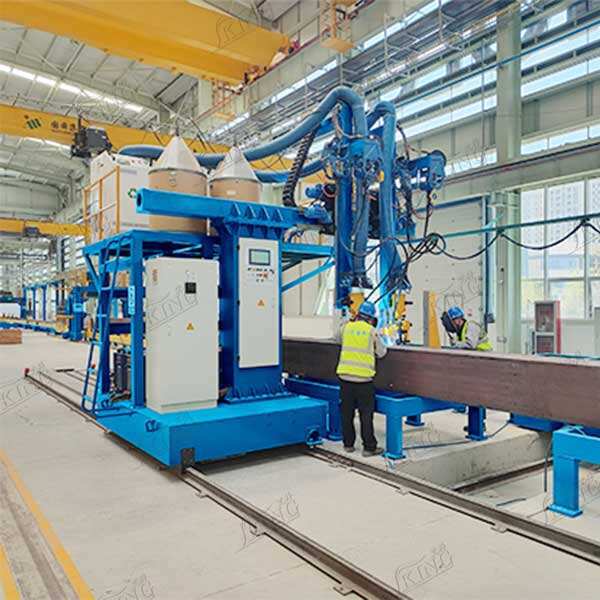circumferential esw for reactor vessels
Circumferential electroslag welding (ESW) for reactor vessels represents a groundbreaking advancement in industrial welding technology, specifically designed for large-scale pressure vessel manufacturing. This innovative welding process utilizes the heat generated by electrical resistance through a molten slag bath to create high-integrity circumferential welds in thick-walled vessels. The process excels in joining heavy-wall components with thicknesses ranging from 50mm to over 300mm in a single pass, making it particularly valuable for nuclear reactor vessel fabrication. The system employs a specialized copper shoe arrangement that contains the molten weld pool while maintaining precise control over the welding parameters. During operation, the welding head rotates around the vessel's circumference, ensuring consistent penetration and fusion throughout the entire joint. Advanced monitoring systems continuously track essential variables such as current, voltage, and wire feed rate to maintain weld quality. The technology incorporates sophisticated cooling mechanisms to manage heat input and control the metallurgical properties of the weld and heat-affected zone. This process significantly reduces the time required for vessel fabrication while maintaining exceptional weld quality and mechanical properties that meet or exceed stringent nuclear industry standards.


